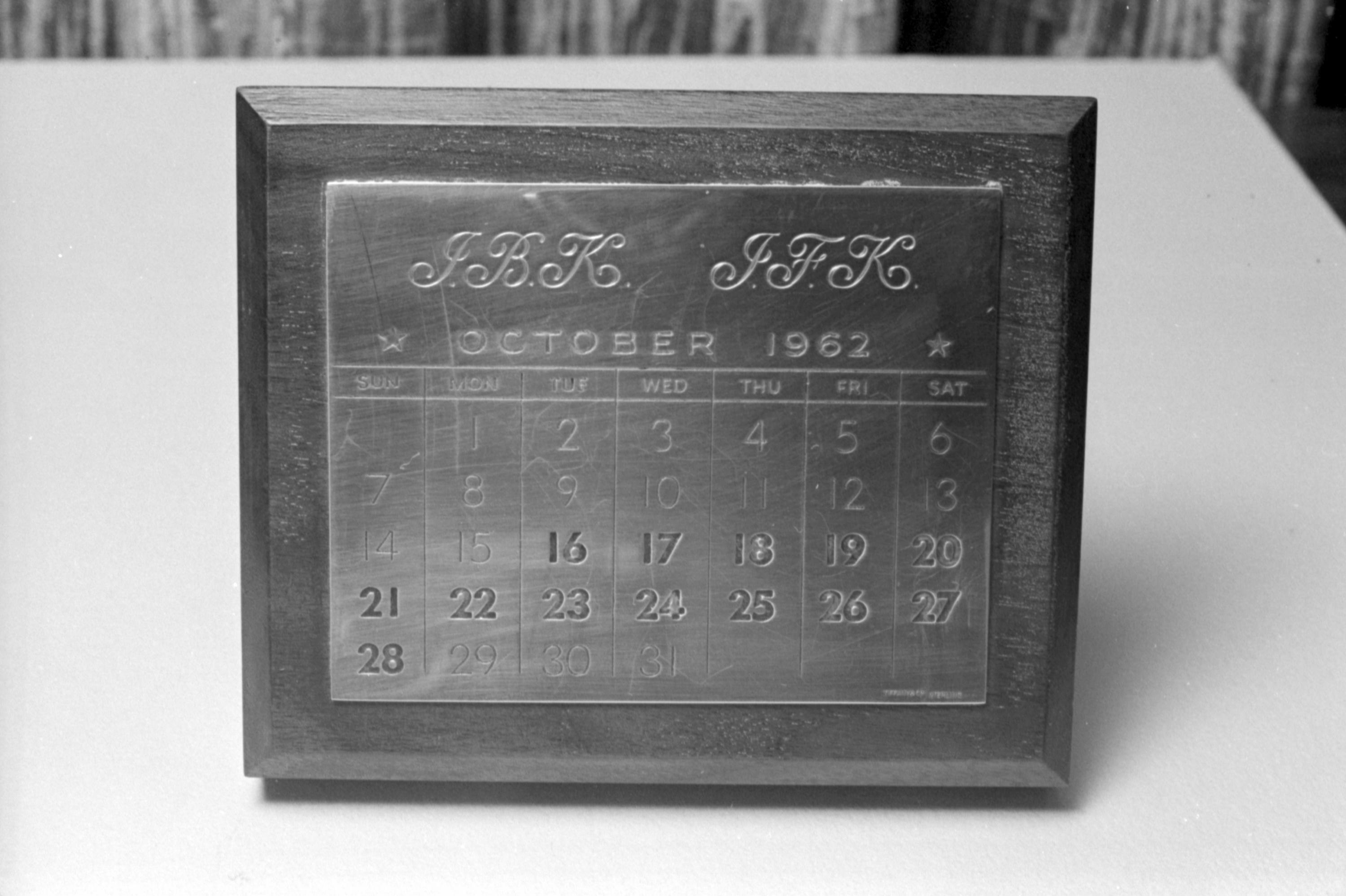Cuban Missile Crisis
On October 15, 1962, United States reconnaissance planes confirmed Soviet missiles in Cuba. With nuclear missiles 90 miles off the coast, President John F. Kennedy had to defuse one of the most tense events in the Cold War. Kennedy demanded the removal of nuclear missiles from the Western Hemisphere, however, Soviet Prime Minister Nikita Khrushchev claimed that they were necessary as a counterbalance to the United States missiles in Turkey and Italy.
To defuse this conflict, Kennedy employed a blockade to stall this threat and complicate an invasion of Cuba. After 13 days of tension, Khrushchev agreed to remove their missiles in Cuba in exchange for the United States removing their missiles in Turkey and not invading Cuba to put an end to this conflict. This crisis demonstrated the danger of a nuclear war and improved relations between the United States and the Soviet Union.
Causes
The Cuban Missile Crisis was an escalation of the Cold War and the conflict between the United States and the Soviet Union. One of the biggest factors which led to this crisis was the difference in ideologies. The United States believed in capitalism and the Soviet Union believed in communism. Out of fear of one another, each country sought to improve its military strength to defeat the other. The increasing number of nuclear missiles was used as a deterrent, as even if one country was defeated, launching their nuclear missiles meant the destruction of the other, and an estimated third of the people on Earth would end up dead. The United States had missile launch sites in many countries in Europe as a result of being victorious in World War II. However, the Soviet Union lacked a foothold in the Western Hemisphere and only had about 20 Intermediate-Range Ballistic Missiles which could hit the United States. Additionally, the poor accuracy of these missiles raised concerns.
In 1959, Fidel Castro completed his Cuban Revolution against the Cuban dictator Fulgencio Batista, backed by the United States. The Cuban Revolution found inspiration from Marxist ideals and communism, so Castro allied himself with the Soviet Union. To get communism out to the West, the Central Intelligence Agency (CIA) launched the Bay of Pigs invasion in 1961. Not only did the invasion fail, but the U.S. government's involvement was exposed. This led to the U.S. government sponsoring terrorist attacks and increasing tariffs.
The fallout between the United States and Cuba led to the Soviet Union being in a position to opening offer aid to their communist ally. This allows them to gain a foothold in the Western Hemisphere and potential launch sites for nuclear missiles, thus leading to the Cuban Missile Crisis.


